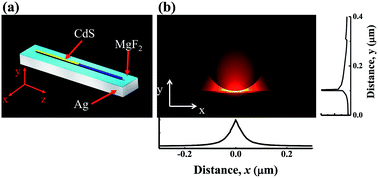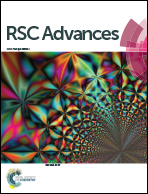Three-dimensional light confinement in a PT-symmetric nanocavity
Abstract
Light confinement and manipulation in nanoscale have gained intense research attention due to their potential applications ranging from cavity quantum electrodynamics to nano-networks. Within all this research, the effective mode volume (Veff) is the key parameter that determines light–matter interaction. While various nano-cavities have been developed in past decades, very few have successfully confined light within the nanoscale in all three dimensions. Here we demonstrate a robust mechanism that can improve light confinement in nanostructures. By breaking the parity–time (PT) symmetry in nanowire based nanocavities, we find that the resonant modes are mostly localized at the interfaces between gain and loss regions, providing an additional way to confine light along a third direction. Taking a hybrid plasmonic Fabry–Perot cavity as an example, we show that the Veff has been dramatically improved from ∼0.0092 μm3 to ∼0.00169 μm3 after the breaking of PT symmetry. In addition to the perfect PT symmetric cavities with (n(r) = n(−r)*), we have also observed similar three-dimensional light confinements and an ultrasmall Veff in quasi-PT symmetric systems with fixed losses. We believe that our finding will significantly improve light–matter interaction in nanostructures and help the advance of their applications.


 Please wait while we load your content...
Please wait while we load your content...